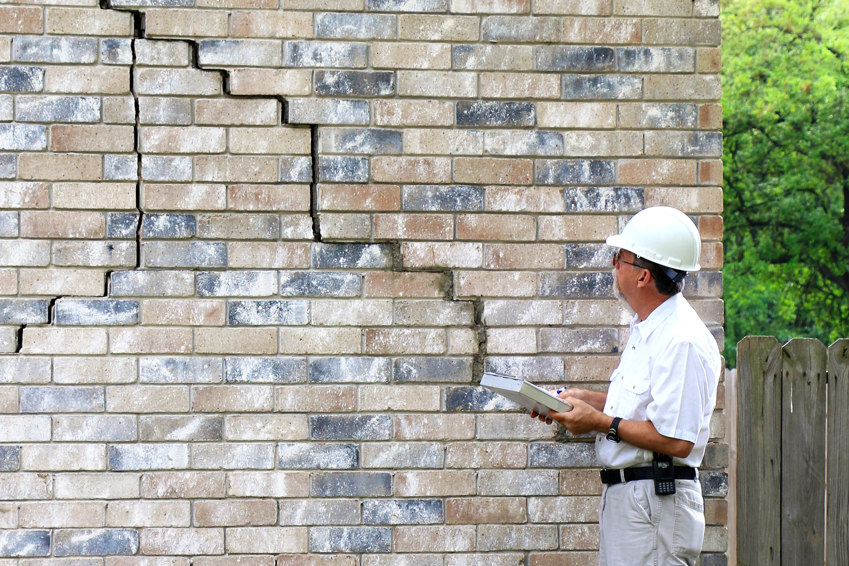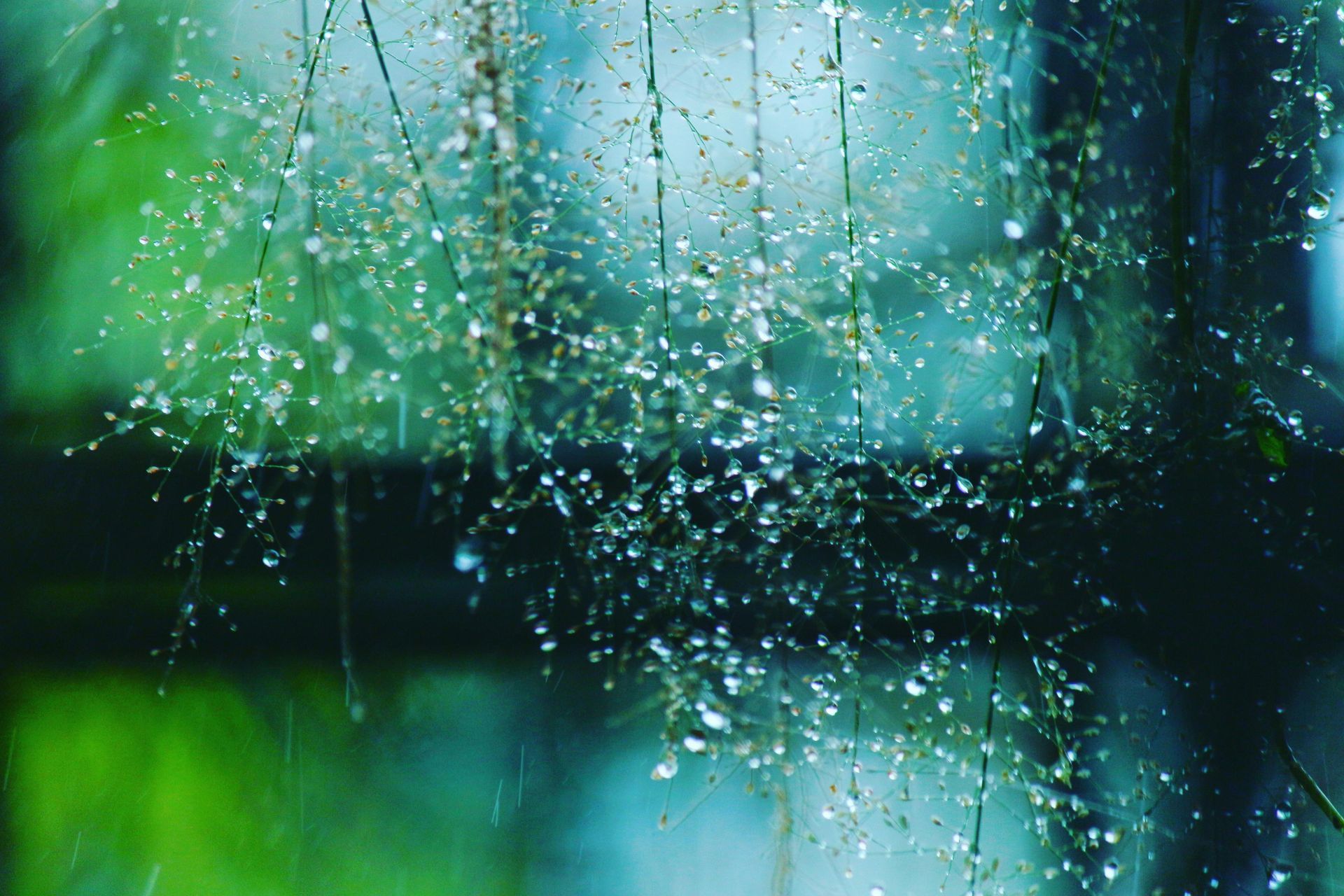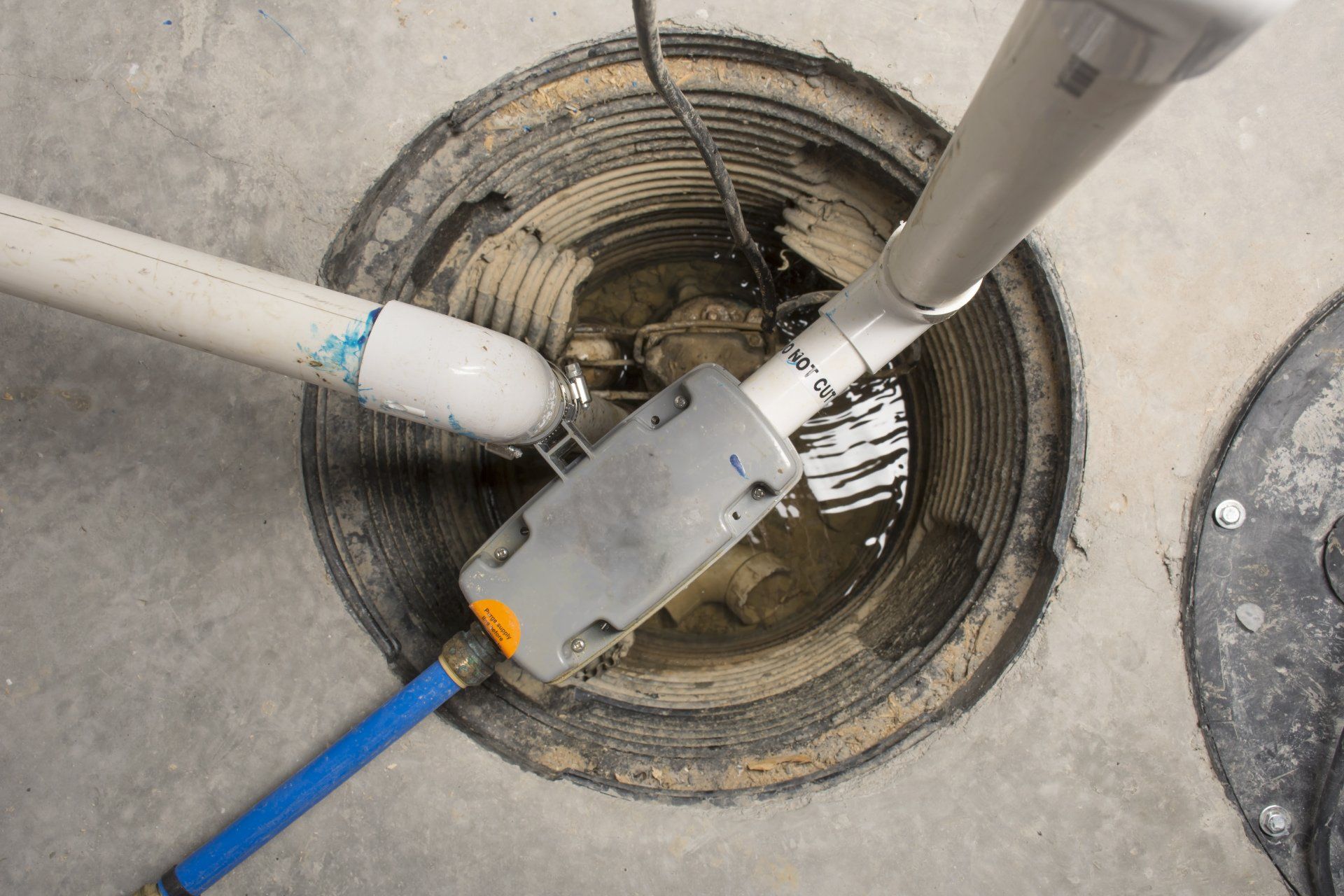Midwest Freeze/Thaw Cycle and Foundation Damage
From Frozen to Rain... Is Your Home Prepared?

Each homeowner in the Midwest is well aware of the recurring cycle of spring thaws and winter freezes. What they are not aware of is how this natural phenomenon quietly damages the foundation of their house year in and year out. As temperatures fluctuate between thawing and freezing, a force is operating against your foundation walls—potentially leading to expensive structural damage. Understanding how it works is the start of protecting your biggest investment and your home standing for generations.
How the Freeze/Thaw Cycle Damages Foundations
Water Expands
At low temperatures, water in your foundation soil is trapped and turned into ice. It develops as it expands, thereby expanding the volume of the soil. The higher soil volume puts pressure on your foundation walls. The freezing and thawing process continuously downgrades the structure over a period of time. When ice melts, the soil gaps are left behind, and additional water enters. If this cycle goes uncorrected, it may cause cracks, leaks, and even foundation shifting, which threatens the home's stability.
Soil Repeatedly Expands and Contracts
The soil beyond your foundation acts like a sponge, absorbing water during rainy months and expanding when the water freezes. In warmer months, the earth contracts again, causing a consistent push-pull force against your foundation walls. This repeats dozens of times each winter in the Midwest's climate, methodically deteriorating the structural soundness of your foundation. Soils react differently—clay soils are particularly annoying because they expand up to 15% when full of water.
Creates Pressure Against Foundation
The soil around your foundation freezes and expands in winter. It puts hydrostatic pressure—water pressure against a surface. This pressure pushes against basement walls, producing cracks or even inward bowing. The issue is exacerbated by poor drainage, as excess water places pressure on things. These forces have the potential to make the foundation move over time, making doors and windows out of plumb and floors uneven. If the force is not removed, then it can result in severe structural issues, undermining the stability of the whole house.
Forms Worsening Cracks
What begins as hairline cracks in your slab can become serious structural issues in no time. With each cycle of freeze and thaw, the cracks expand because water seeps in, freezes, and expands. This creates a vicious cycle of damage—wider cracks allow in more water, which creates more expansion and even wider cracks. Water can penetrate concrete by finding its way into openings just 0.005 inches wide, so even the tiniest slab flaws are potential entry points. Over a few seasons, the small defects grow into significant structural weaknesses that threaten to destabilize your house.

Warning Signs of Foundation Damage
Vertical, Horizontal, or Stair-step Cracks
Foundation cracks also appear in a few patterns, and each pattern defines something unique about what is happening structurally. Vertical cracks most commonly occur from normal settlement but may be enlarged by freeze-thaw action. Horizontal cracks are more sinister, typically caused by soil pressure being pushed inward on foundation walls. Stair-step cracks, along lines of mortar in brick or block foundations, typically suggest uneven settling or frost action heaving. Any crack over 1/8 inch in width warrants close attention, particularly if you see it expanding season after season or if water leaks through during wet seasons.
Sticking Doors and Windows
If previously well-functioning doors and windows are currently sticking to open or close, your foundation is shifting. When foundations move under freeze-thaw stress, they will very slightly twist the home frame, and therefore door and window frames no longer remain square. You will get doors that open by themselves, windows that refuse to lock, or gaps where there were none previously around their frames. These symptoms tend to occur prior to visible foundation cracks, and thus are useful early warning signs that should not be dismissed, particularly if they intensify during seasonal changes.
Uneven Floors
If you're walking across your home and you feel dips, slopes, or springy spots in the floor, it's not uncommon to have foundation problems beneath. As freeze-thaw cycles shift your foundation, the floor above it does the same. You might notice sloping towards the exterior walls, sunken areas around the load-bearing points, or the floors creaking more than usual. An easy test is to place a marble on the floor—if the marble rolls in one direction consistently, you have unevenness. First-floor and basement symptoms show up initially, but upper floors can be affected by serious foundation damage in time.
Prevention Strategies
Proper Grading
Creating the correct slope around your home sends water away from your foundation. Create a 6-inch drop in 10 feet on all sides. This prevents water from piling up against foundation walls where freezing damages them. Check your grading each spring and fill in with dirt where needed, as natural settling creates low spots that can become problems later.
RELATED: How to Determine the Percent of Slope and Angle of Slope
Functioning Gutters
Since the groundwater freezes, it forces the ground to expand. When ice melts, the ground shrinks. It is a repetitive movement that causes stress to the foundation, leading to progressive weakening. Over time, the process can lead to uneven settling and cracks in walls, floors, and ceilings.
In order to keep water away from your home, make sure you clean your gutters regularly to avoid water backing up in them when it rains. When your gutters clog, that water falls around the foundation of your home - and it doesn’t take too much rainfall to see a significant amount of water enter through your foundation’s walls. In addition, you want to be sure your gutters aren’t bent or sagging, as this can lead to water spilling onto the soil and leaking into your foundation as well. Gutter extenders are recommended to really ensure the water is pushed away from the home.
Waterproofing
Employ premium waterproofing material on outside foundation walls to create a water barrier. For existing homes, interior measures for waterproofing are sealants and water-proof coatings. Repairing small cracks early prevents water penetration, leading to freeze-thaw damage. Professional-grade waterproofing solutions may involve membrane systems that accommodate ground movement that varies seasonally.
Drainage Systems
French drains, sump pumps, and exterior drain tiles work together to control groundwater surrounding your home. They all trap excess water and direct it away from your home. A well-installed drainage system works well even at the critical spring thaw when water is at maximum capacity and most hazardous to your foundation.
The freeze/thaw process can actually damage your foundation, but early detection and prevention can save you from spending money on repairs. Keep your home secure by attending to drainage issues and being aware of signs. If you have foundation problems, PierMagic offers expert foundation repair services to get your home stable and prevent further damage. To protect your home, contact our team.
Contact Us
We will get back to you as soon as possible.
Please try again later.
Address
PierMagic Foundation Specialists
932 Locust Hill Circle
Belton, MO 64012
Serving: Grandview, Lee's Summit, Blue Springs, Leawood, Overland Park, Olathe, Raymore, Belton, Independence, Oak Grove, Liberty, Parkville, Butler, Columbia, Harrisonville, Peculiar, Pleasant Hill, and the greater Kansas City area
All Rights Reserved | PierMagic Foundation Specialists




